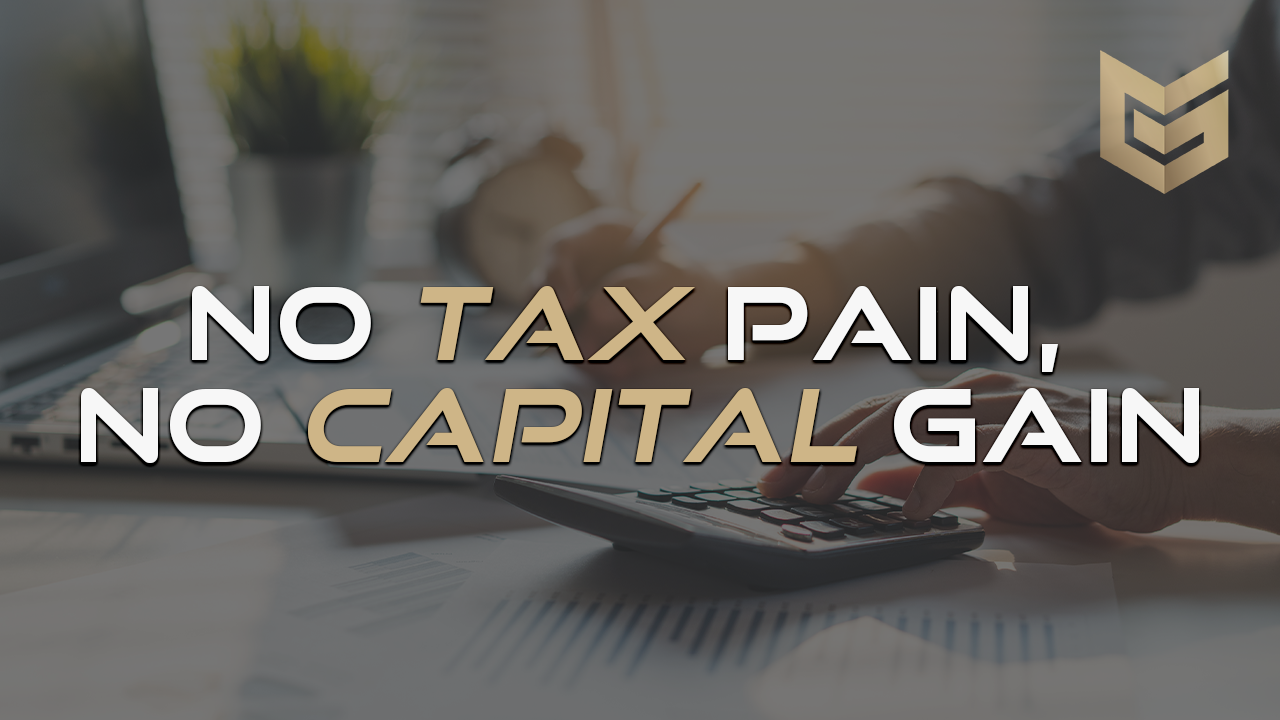The 2024 Federal Budget
On April 16, 2024, the Honourable Chrystia Freeland, Canada’s Deputy Prime Minister and Minister of Finance, tabled the 2024 Federal Budget.
In our last Tax News from June 1, 2024, we addressed the upcoming changes to the capital gains inclusion rate – from 1/2 to 2/3 – effective June 25, 2024, along with some strategies to realize or “crystallize” those capital gains by June 24. Many people we have chatted with have yet to take any action and, with the deadline of June 24 being just one week away from the time of writing, are left wondering, “Should I rush to trigger my capital gains at the 1/2 inclusion rate by the deadline?” In this Tax News, we will talk about some of the reasons you might not want to take any action to trigger your capital gains before the deadline.
The cost of the new inclusion rate
The new 2/3 inclusion rate for capital gains means that, for an individual in the highest marginal tax bracket in Ontario (53.53%), a capital gain realized after the deadline could result in nearly 9% more tax than it would now. For example, a $500,000 capital gain on a rental property could result in approximately $45,000 more tax on or after June 25, 2024, if the entire capital gain is subject to the 2/3 inclusion rate. This cost could be higher with certain capital gains realized in a corporation, as discussed in our last Tax News.
The government has since published the tax legislation to show exactly how these new proposals may work. With that in mind, here are some reasons someone might not want to take any action now.
With the deadline quickly approaching, there are just a few days left to trigger capital gains on marketable securities. The Canada Revenue Agency’s position is that a capital gain is considered realized on the settlement date, not trade date. On May 27, 2024, Canada adopted a T+1 settlement, meaning that trades on exchanges for stocks, mutual funds, exchange traded funds (ETFs), and bonds now settle within one business day. (The U.S. adopted the same T+1 settlement on May 28, 2024.) This means that a trade on Monday, June 24, 2024, will settle on Tuesday, June 25, 2024, and be subject to the 2/3 inclusion rate. In order to have a settlement occur on the deadline of June 24, and therefore benefit from the current 1/2 inclusion rate for the capital gain, the deadline to make a trade would be this Friday, June 21, 2024, before the applicable exchange closes for the day.
Realistically, one week leaves too little time to plan to trigger capital gains on most other assets with significant values, at least with proper planning. For example, triggering a capital gain by selling real estate, even to a family member, should involve an analysis to determine the tax consequences and for arranging the legal transfer of title, something that may be difficult to do within a week. There may be alternative minimum tax (AMT) or GST/HST implications, depending on your situation and the type of asset you’re triggering a gain on. Triggering a capital gain on shares of a private company may be easier to accomplish than transferring real estate, but things like the tax on split income (TOSI) and any future capital gain exemptions (see below) should be considered. The best advice might be to take no action if you can’t adequately map out the tax consequences.
After the deadline, most capital gains will be subject to the 2/3 inclusion rate. The main exception to the 2/3 rate is where capital gains are realized by individuals: up to $250,000 in capital gains each year can remain subject to the lower 1/2 inclusion rate. This includes up to $250,000 of capital gains realized between June 25 and December 31, 2024, as well as an additional $250,000 limit each year going forward.
Through careful planning in advance, individuals may be able to proactively manage and time the realization of their capital gains to make maximum use of the $250,000 annual threshold. For example, realizing $1,000,000 in capital gains evenly over four years may save you approximately $67,000 when compared to realizing the same capital gain in one year. This might be accomplished through either selling assets or partial interests in assets regularly or by making use of capital gains reserves.
While any additional tax cost seems bad, if you plan to hold your assets with accrued capital gains long-term, you might be better off to not crystallize a capital gain and instead defer that tax, even if it means your capital gain will be subject to the higher 2/3 inclusion rate later on.
Consider an example of someone in the highest marginal tax bracket in Ontario who owns a large piece of land that is capital in nature (i.e. not land inventory) with an accrued capital gain of $500,000. The individual intends to hold this land for at least another ten years. By triggering and crystallizing the capital gain by the June 24 deadline, they would incur approximately $134,000 in tax, which is certainly better than the $156,000 tax bill they face if triggering the same capital gain at the 2/3 inclusion rate ten years from now (assuming they have no other capital gains in that year). However, that $134,000 must be paid to the Canada Revenue Agency by April 30 of the following year. The individual would then lose the ability to earn a return on the $134,000 of funds for the coming nine or ten years, potentially costing them much more than the additional $22,000 of tax that would otherwise only be payable ten years later!
Before taking any action to crystallize a capital gain, a projection should be done to estimate the foregone after-tax return. This will depend on investment mix, timeline, and tax rates.
The sale of qualifying small business corporation shares and qualified farm or fishing property may entitle the vendor to the lifetime capital gains exemption. This exemption was increased to $1,250,000 as part of the 2024 Federal budget, meaning that a capital gain of that amount could be tax-free if all conditions are met. The Federal budget also introduced a new Canadian Entrepreneurs' Incentive to reduce the capital gain inclusion rate to 1/3 on a lifetime maximum of $2 million in eligible capital gains, though specific details on that new incentive haven’t been released yet.
Planning for the lifetime capital gains exemption is a complex area. Although your shares or property may qualify today, it’s possible that they do not qualify at some time in the future either due to a change in your business, a change in your business’ ownership, or holding too many assets not used in the active business, such as cash, investments, loans, and life insurance. Proactive planning is a must, and so if you foresee a sale of your business in the next five years, make sure that your professional advisors are all aware so you can receive appropriate advice.
Our final thoughts
The right planning will be highly dependent on your unique circumstances and goals. Before taking any action (or not), contact your trusted Gauvreau advisor for a consultation.
Disclaimer
The information in this document is current as of June 17, 2024, and is provided for informational purposes only. Tax law, its interpretation, and the administrative practices of the CRA and provincial taxation authorities are complex and are constantly changing. Some of the information contained in this document may be paraphrased and may be easy to misinterpret. Any suggested or implied tax consequences or planning opportunities may not apply in your circumstances or, if they do, may no longer apply or be appropriate at a future date. We recommend that you speak to us for professional advice regarding your specific circumstances before taking any action or refraining from taking any action based on your interpretation of this information. We accept no responsibility for any loss caused by reliance on the information in this document.

On April 16, 2024, the Honourable Chrystia Freeland, Canada’s Deputy Prime Minister and Minister of Finance, tabled the 2024 Federal Budget.
.png)
Over the past year, the Canada Revenue Agency (CRA) has significantly increased its staffing and resources dedicated to tax audits and compliance...

On April 16, 2024, the Federal government announced that the capital gain inclusion rate is increasing as part of its annual budget. This is...